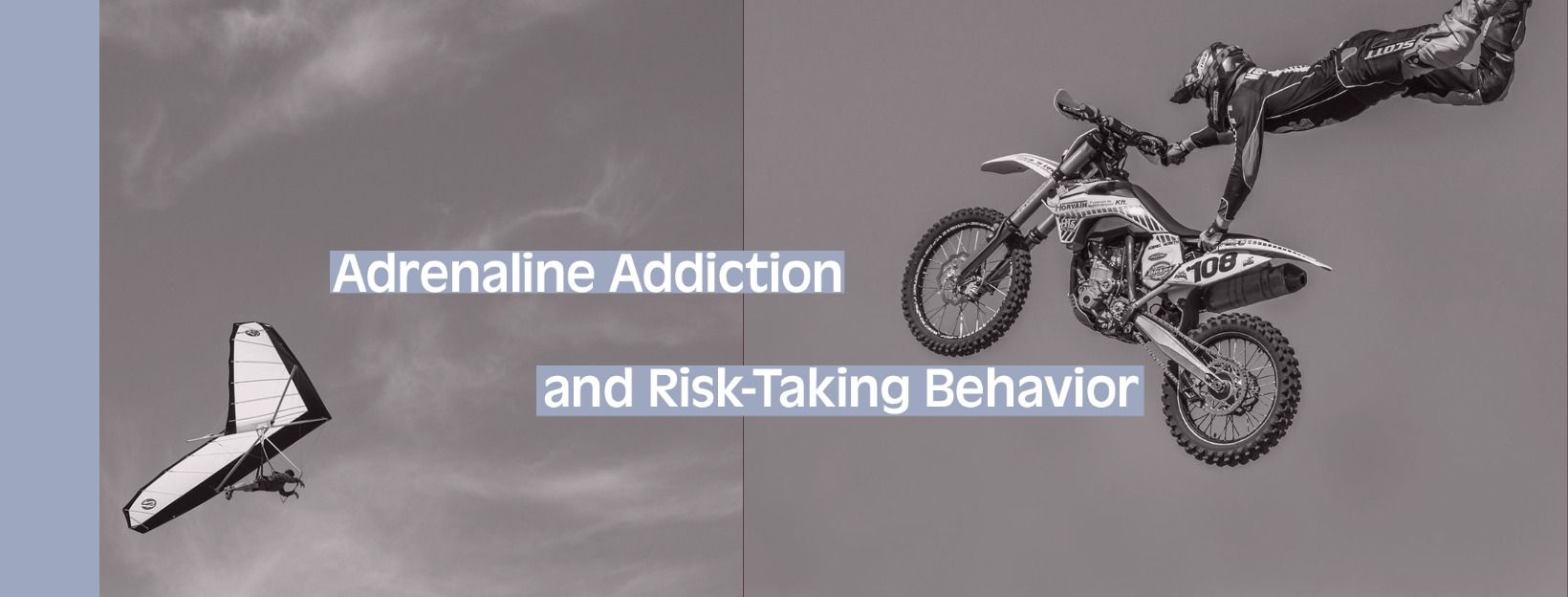For some, the thrill of taking risks and pushing boundaries can be an exhilarating experience. This adrenaline rush can be addictive and lead to a dangerous cycle of seeking out increasingly risky behaviors. In this article, we will explore the concept of adrenaline addiction, why it occurs, and how it can impact individuals in the tech industry.
What is Adrenaline Addiction?
Adrenaline addiction, also known as thrill-seeking behavior, is a psychological phenomenon where individuals become addicted to the rush of adrenaline that comes from engaging in risky activities. This addiction is often driven by a desire for excitement, novelty, and the feeling of being alive. However, it can also have negative consequences such as injury, financial loss, and even death.
Why Does Adrenaline Addiction Occur?
There are several factors that can contribute to the development of adrenaline addiction. Some individuals may have a genetic predisposition to seeking out risky behaviors, while others may have experienced trauma or stress that leads them to seek out adrenaline-filled activities as a form of escapism. Additionally, the instant gratification and thrill of adrenaline can be highly addictive, leading individuals to constantly seek out new, more extreme ways to get their fix.
Impact on the Tech Industry
Adrenaline addiction can have a significant impact on individuals working in the tech industry. The fast-paced, high-pressure nature of the tech world can be a breeding ground for adrenaline-seeking behavior. From launching cutting-edge products to navigating complex coding challenges, tech professionals often find themselves in situations where taking risks can lead to great rewards. However, this constant need for excitement can also lead to burnout, poor decision-making, and even job loss.
Managing Adrenaline Addiction in the Tech Industry
It is essential for tech professionals to recognize the signs of adrenaline addiction and take steps to manage it effectively. This may involve seeking professional help, practicing mindfulness techniques, setting boundaries around risky behaviors, and finding healthy ways to cope with stress and pressure. By developing a better understanding of their motivations and triggers, individuals can break free from the cycle of adrenaline addiction and create a more balanced and fulfilling work-life balance.
Conclusion
Adrenaline addiction is a complex and often misunderstood phenomenon that can have serious consequences for individuals in the tech industry. By recognizing the signs of adrenaline addiction and taking proactive steps to manage it, tech professionals can lead healthier, more balanced lives both at work and at home. Remember, it is okay to seek help and support when dealing with addiction, and there are resources available to help you navigate this challenging journey towards recovery.
Stay safe, stay healthy, and remember that your well-being is always worth prioritizing over the thrill of the chase.
References
https://www.psychologytoday.com/us/basics/thrill-seeking
https://www.medicalnewstoday.com/articles/adrenaline-addiction
https://www.mind.org.uk/information-support/types-of-mental-health-problems/addiction-and-dependence/adrenaline-addiction-obsessive-activities/#.YwfHVmhKjIU
